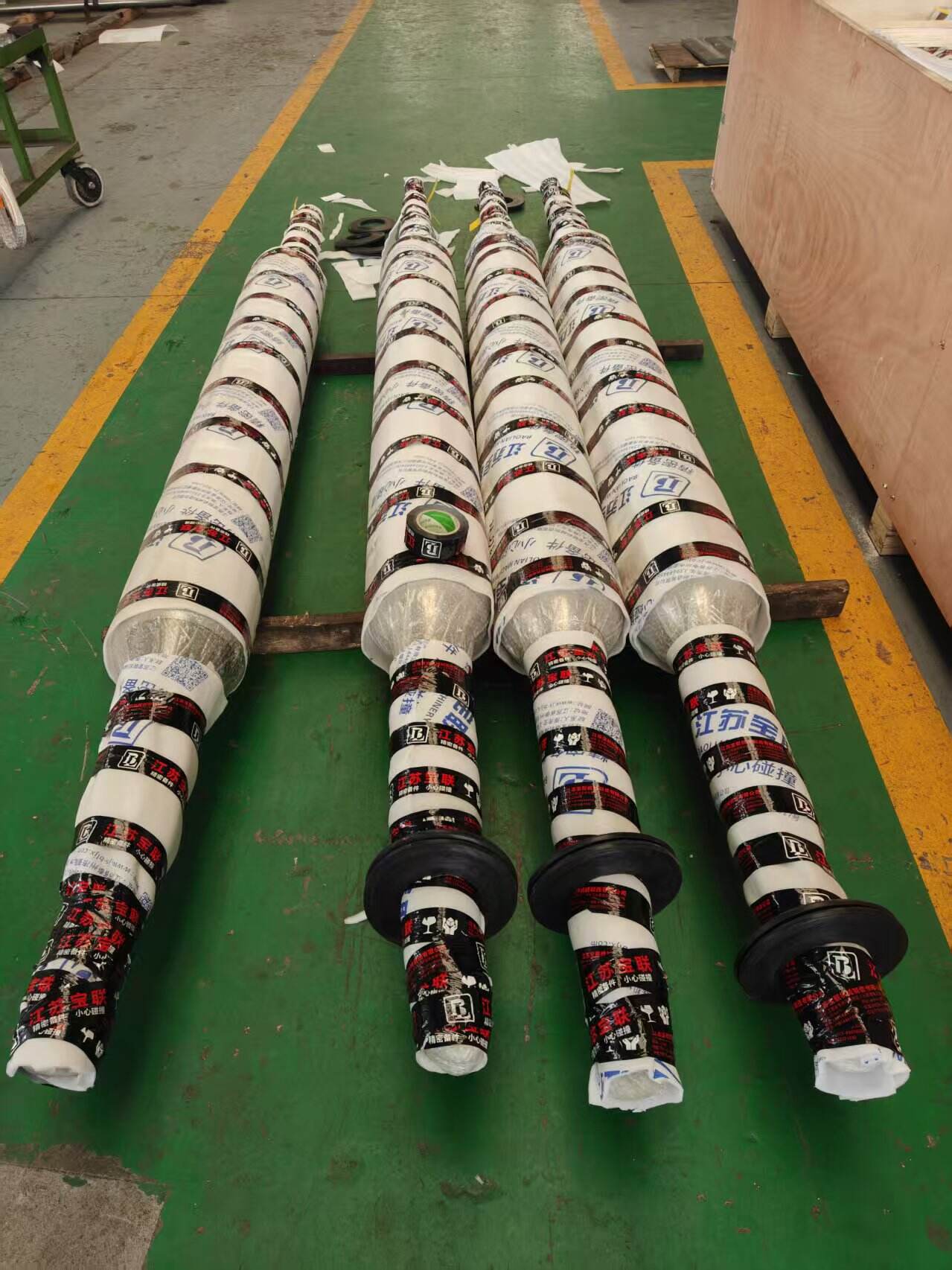Furnace Floor Materials and Their Impact on Industrial Operations
Furnace floor materials play a critical role in determining the efficiency, safety, and longevity of industrial furnaces. Selecting the appropriate material for a furnace floor ensures even heat distribution, durability under high temperatures, and resistance to mechanical stress. The choice of furnace floor materials affects operational performance, energy consumption, and maintenance frequency. With the right materials, manufacturers can achieve stable furnace operations, reduced downtime, and improved product quality. Understanding the characteristics of different furnace floor materials allows industries to make informed decisions that enhance both process efficiency and cost-effectiveness.
Types of Furnace Floor Materials
Refractory Bricks
Refractory bricks are among the most common furnace floor materials due to their excellent thermal resistance and mechanical strength. These bricks can withstand extreme temperatures without deforming or cracking, ensuring long-term durability. Refractory bricks are available in various compositions, including fireclay, silica, and alumina, each suited for different furnace applications. Their modular nature allows for easy replacement of damaged sections, maintaining consistent furnace performance.
Castable Refractories
Castable refractories are furnace floor materials that can be molded to fit specific designs. They provide seamless surfaces that reduce gaps and improve thermal efficiency. Castable refractories are highly versatile, allowing for customized thicknesses and shapes. Their dense structure supports heavy loads and enhances heat retention, making them suitable for high-temperature industrial processes.
Ceramic Tiles and Specialized Composites
Ceramic tiles and composite materials are also used as furnace floor materials, offering excellent thermal conductivity and resistance to chemical corrosion. These materials are often chosen for specialized applications where precise temperature control and uniform heat distribution are required. Their smooth surfaces facilitate easy cleaning and maintenance, contributing to operational reliability.
Key Considerations in Choosing Furnace Floor Materials
Thermal Conductivity and Heat Retention
The thermal properties of furnace floor materials directly affect heat distribution within the furnace. Materials with high thermal conductivity ensure that heat spreads evenly, minimizing hot and cold spots. Heat retention is also critical, as materials that hold heat efficiently reduce energy consumption and help maintain consistent furnace temperatures.
Mechanical Strength and Load-Bearing Capacity
Furnace floor materials must withstand the weight of heavy loads and resist deformation over time. Mechanical strength is a crucial factor when selecting materials for high-capacity industrial furnaces. Strong and durable furnace floor materials prevent sagging or cracking, ensuring safe and stable operation.
Installation and Maintenance Considerations
Proper Installation Techniques
Correct installation of furnace floor materials ensures longevity and optimal performance. Each material requires specific installation methods to maximize durability and efficiency. For example, refractory bricks need precise alignment and proper jointing, while castable refractories require correct curing procedures. Proper installation reduces the risk of premature failure and ensures consistent heat distribution.
Routine Maintenance and Repairs
Regular inspection and maintenance of furnace floor materials are essential for long-term operational efficiency. Cleaning, checking for cracks, and replacing worn sections help prevent disruptions. Routine maintenance preserves the structural integrity of the floor and ensures stable furnace performance over extended periods.
Efficiency Benefits of High-Quality Furnace Floor Materials
Improved Heat Distribution
High-quality furnace floor materials facilitate even heat distribution across the furnace. Uniform heat reduces the likelihood of hotspots, ensuring consistent processing of materials and improving product quality. Efficient heat distribution also enhances energy efficiency, lowering operational costs.
Enhanced Energy Efficiency
Materials that retain heat and distribute it evenly reduce energy consumption. Optimal furnace floor materials help furnaces reach desired temperatures quickly and maintain them with minimal fuel input. This contributes to sustainable industrial practices and lower operational expenses.
Safety Considerations with Furnace Floor Materials
Fire and Thermal Resistance
Furnace floor materials must resist extreme temperatures without compromising structural integrity. Fire and thermal resistance are essential to prevent damage to the furnace structure and ensure safe operation under continuous high-heat conditions.

Structural Stability and Load Support
Stable furnace floor materials reduce mechanical stress on furnace components. Properly selected materials support heavy loads, minimize deformation, and enhance the overall safety of furnace operations. Materials that maintain their form under extreme conditions prevent operational hazards.
Advanced Materials and Technologies
Wear-Resistant Coatings
Some furnace floor materials include wear-resistant coatings that extend service life and reduce maintenance requirements. These coatings protect against abrasion, chemical corrosion, and thermal stress, ensuring consistent operational efficiency over time.
Modular and Custom Designs
Modular furnace floor materials allow for easy replacement of damaged sections, minimizing downtime. Custom designs tailored to specific furnace configurations optimize heat distribution, energy efficiency, and load support. This flexibility ensures that furnaces meet both operational and production demands effectively.
Applications of Furnace Floor Materials
Metal Processing Furnaces
Furnace floor materials in metal processing ensure even heating during smelting, casting, and heat treatment operations. They support heavy metal loads, promote consistent combustion, and maintain temperature stability, improving product quality.
Cement and Chemical Industry Furnaces
In cement and chemical production, furnace floor materials must withstand abrasive loads and corrosive environments. Durable materials maintain structural integrity, ensure uniform heat exposure, and enhance process reliability.
Waste-to-Energy and Biomass Furnaces
Furnace floor materials are critical in waste-to-energy and biomass combustion systems. They provide support for uneven fuel loads, facilitate air circulation, and enable complete combustion, reducing emissions and enhancing energy recovery.
Environmental and Economic Advantages
Lower Emissions
Efficient furnace floor materials promote complete combustion, reducing smoke and particulate emissions. By optimizing energy use, these materials contribute to environmentally responsible industrial operations.
Long-Term Cost Savings
Durable furnace floor materials reduce maintenance, energy consumption, and equipment wear. Investing in high-quality materials results in significant long-term savings and supports continuous, efficient furnace operations.
Future Trends in Furnace Floor Materials
Integration with Automation
Advanced furnaces may incorporate sensors and automation systems to monitor floor material performance. Automated feedback allows real-time adjustments to temperature distribution and fuel handling, improving operational efficiency and reliability.
Sustainable and Eco-Friendly Materials
Emerging furnace floor materials focus on sustainability, using recycled or low-impact components without compromising durability or efficiency. These innovations align with environmentally conscious industrial practices while maintaining high performance.
FAQ
What types of furnace floor materials are commonly used
Common materials include refractory bricks, castable refractories, ceramic tiles, and specialized composites, each offering unique thermal and mechanical properties.
How do furnace floor materials affect furnace efficiency
Materials influence heat distribution, thermal retention, and mechanical stability, all of which directly impact furnace efficiency and energy consumption.
Can furnace floor materials be maintained without stopping operations
Some modular or replaceable floor materials allow maintenance of individual sections while the furnace remains operational, reducing downtime.
What factors should be considered when selecting furnace floor materials
Consider thermal conductivity, mechanical strength, chemical resistance, installation requirements, and long-term maintenance needs to ensure optimal performance and safety.
Table of Contents
- Furnace Floor Materials and Their Impact on Industrial Operations
- Types of Furnace Floor Materials
- Key Considerations in Choosing Furnace Floor Materials
- Installation and Maintenance Considerations
- Efficiency Benefits of High-Quality Furnace Floor Materials
- Safety Considerations with Furnace Floor Materials
- Advanced Materials and Technologies
- Applications of Furnace Floor Materials
- Environmental and Economic Advantages
- Future Trends in Furnace Floor Materials
- FAQ


